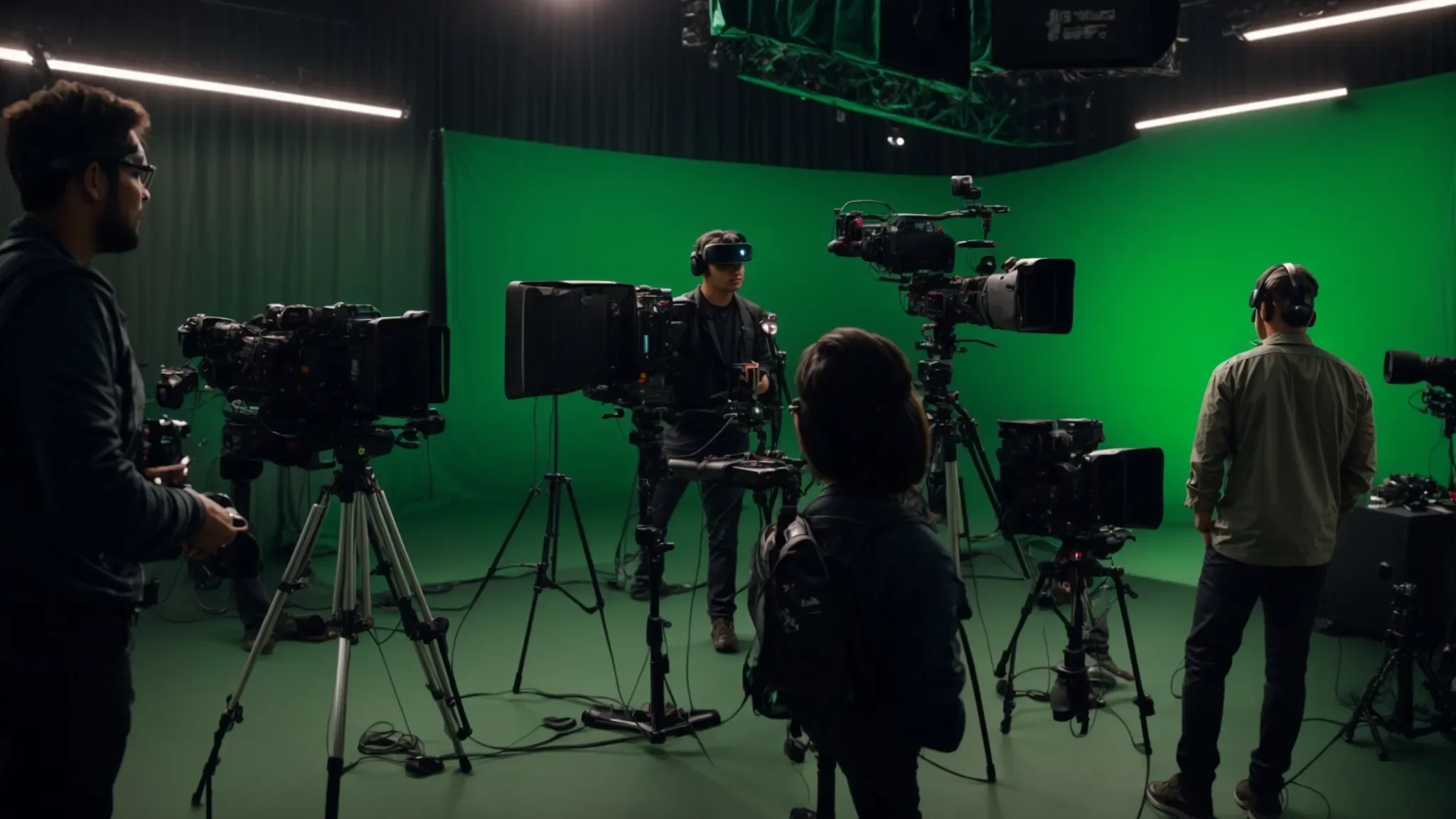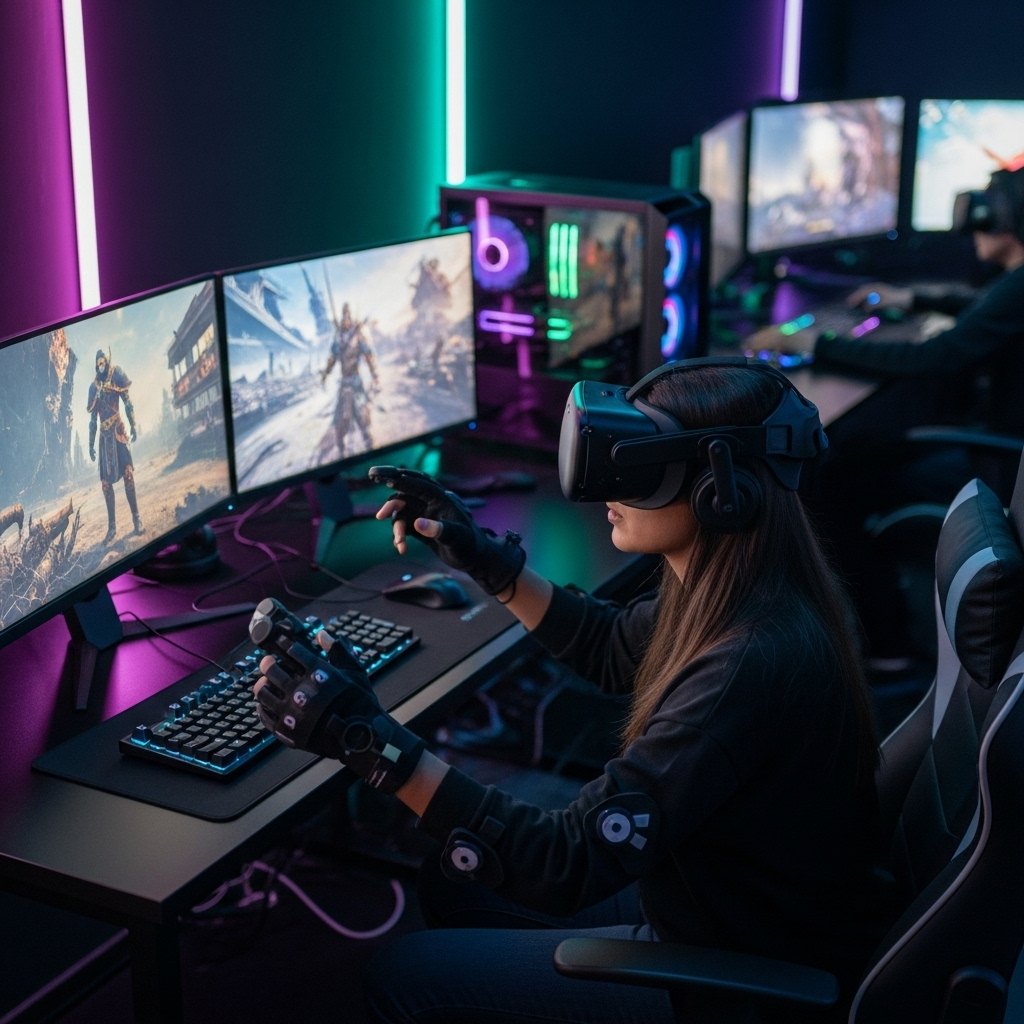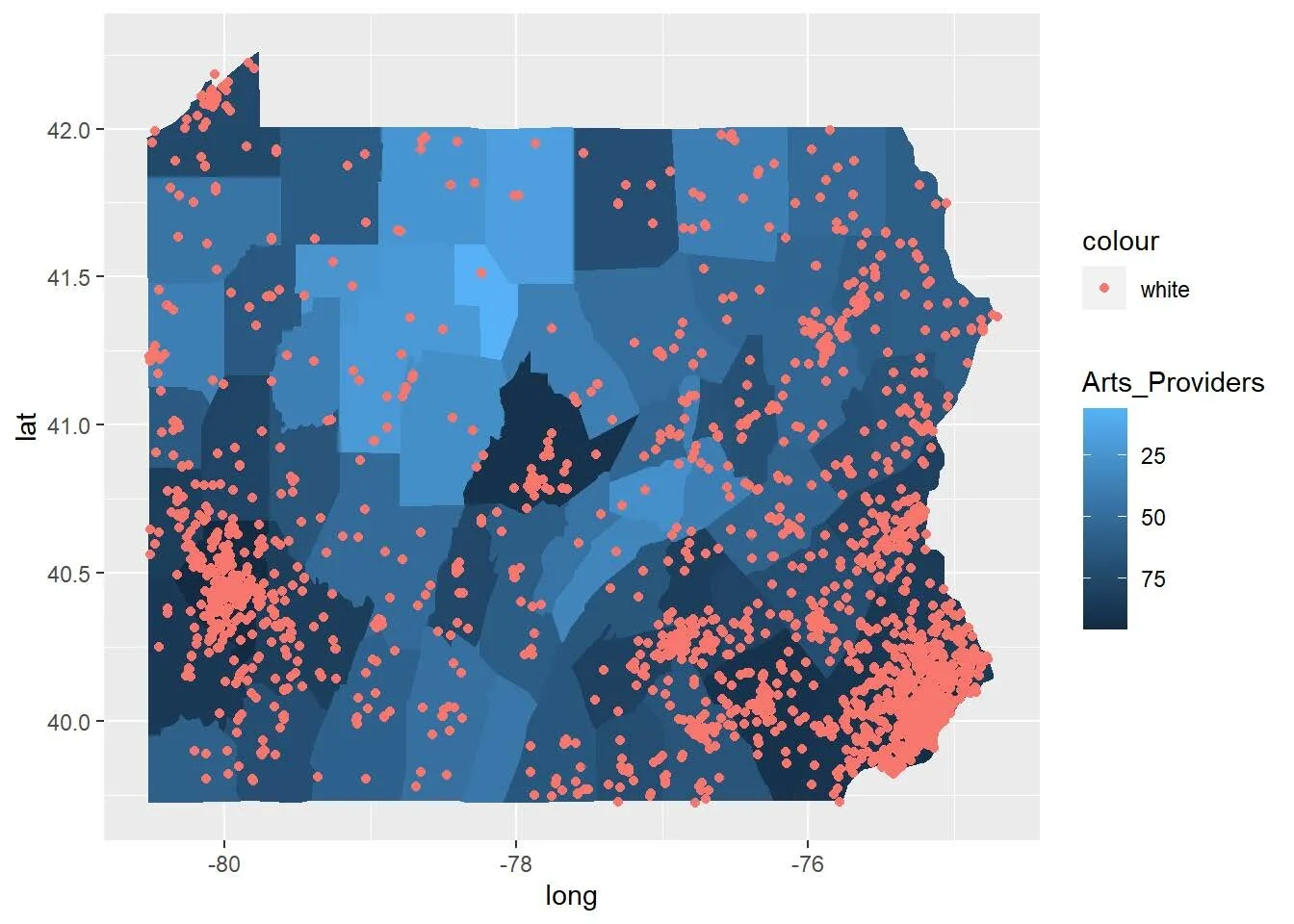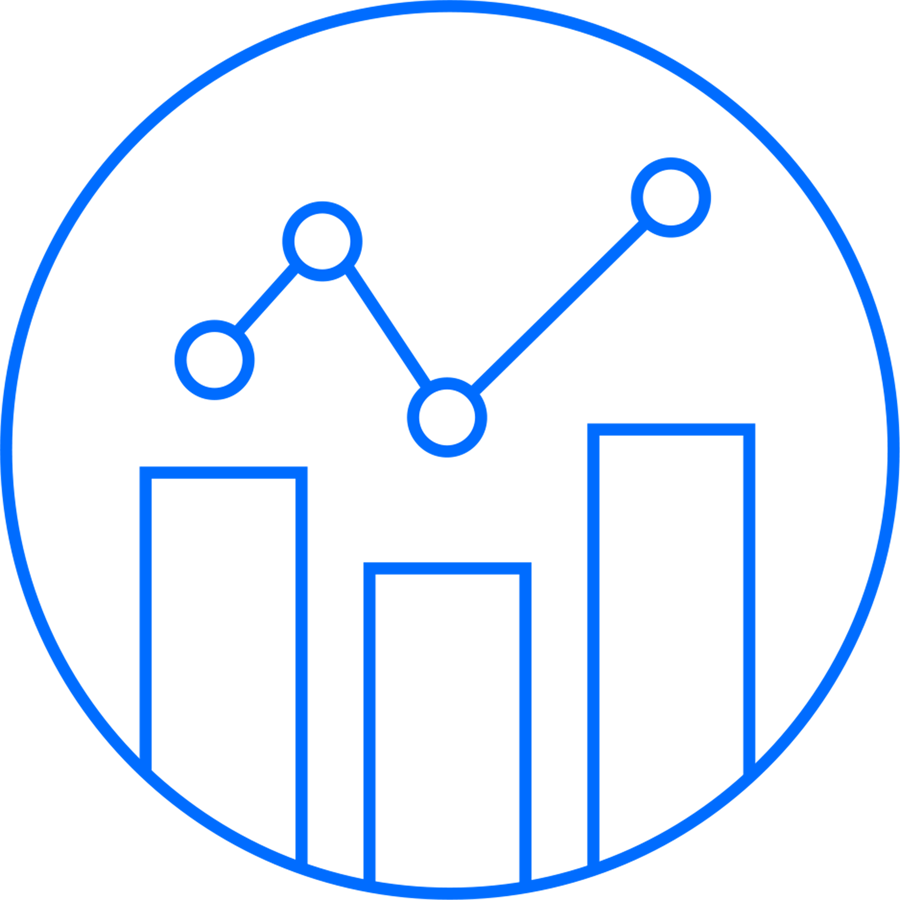According to the Nonprofit Finance Fund, most nonprofits have less than three months of cash reserves on hand. Most nonprofits have experienced a drastic impact on their programs and financing throughout the COVID-19 pandemic. But research shows that nonprofits with reserves were less likely to reduce operating hours, lose staff, or experience difficulty paying employees or vendors for their services.
Museum Audience Engagement with GIS
Geographic Information Systems (GIS) applications can connect museums with their communities in ways that make project management and decision-making informed and strategic. There are numerous ways that GIS maps can be used—they can provide a picture of who is visiting the museum and how they are interacting with the space once they are there. Additionally, they can aid visitors with their experience of museum collections.
TBT: Dance Through the Lens of Tech
Arts Organizations & Using the AI Stack
Carnegie Mellon University (CMU) was ranked number one in 2022 for Artificial Intelligence Programs by U.S. News and World Report. Incorporating CMU’s AI lessons is critical for all industries but particularly those that are historically considered to be “non-technical fields.” Within these fields, the ones who thrive will be those who incorporate at least the lower levels of the stack, namely data management, but an understanding of each layer of the stack will provide industries with a road map to understand how they can increase the efficiency and output of their organization’s business processes.
An Analysis of the Top 50 Webtoons on Webtoon Canvas
Naver Webtoon, introduced in “Hallyu 3.0: The Webtoon Takeover,” is the world’s leading webcomics reading application with over 72 million monthly users. Much like Youtube and Spotify, Webtoon manages a user-generated content platform featuring the works of over 130,000 amateur and professional cartoonists. Comics that are uploaded to Webtoon’s user-generated content section, Webtoon Canvas, and have at least 1,000 subscribers and 40,000 monthly page views earn a 50% share of Webtoon’s advertising revenue. Webtoon offers additional payout opportunities including a creator rewards program and their Original Series publishing program that offers exclusive rights publishing contracts and promotion through the platform. This article returns to the question posed in the previous article: How to content generators incorporate Webtoon into their professional practice and to what measures of success?
Part 2: Data Analysis and Visualization Methods for the Arts
After data collection, it is necessary to analyze and visualize the data to tell good stories. This process transforms numbers and descriptions into vivid stories that can be used to prove impact to different stakeholders. This post will look at the best practices for data analysis preparations, quantitative and qualitative data analysis methods, data analysis tools, visualization methods, and data visualization tools.
Part 2: Digital Access and Arts Vibrancy
Access to the arts is not even across the United States. The ways that people living in rural areas access artistic content differs from how people participate in urban centers. Additionally, as the sector is beginning to grapple with, access to the arts varies across racial and ethnic groups. Comparing county-level arts vibrancy data is one way to detect these patterns. While the number of dollars put into the arts in the form of compensation and expenses seems to be the best predictor of overall arts vibrancy, implementing municipal WiFi appears to be an opportunity for growth since analysis indicates that it can increase arts vibrancy.
Observing Relationships Between Producers and Fandom through Digital Mapping: Part 3
With the emergence of digital fan engagement, fan codes and traits that were once hidden to content makers are now able to be studied on an individual and collective scale through scraping and network mapping. This paper explores how to access information in order to understand fan behavior and the best ways to cultivate fan/producer relationships. While this study focuses on film and television, this information can be used to map digital conversations and communities surrounding all artistic mediums.
Mapping Movement: Network Mapping in the Dance Industry: Part 2
How well do you know the history of your industry? Could you list every branch, every individual, that helped to develop your industry into the complex and beautiful thing it is today? If you asked someone who works in the arts to craft such an image or list, they’d probably be able to give you a significant list of names. Yet, the truth is, a single individual’s list can’t provide the entire picture, just their perception of what the tree looks like.
Increasing Data Collection Capabilities with Web Scraping and Data Scraping: Part 1
With the digitization of our world, data has proven to be incredibly useful for arts and entertainment organizations in terms of decision-making and strategy formation. However, organizations can often be at a loss with how to collect data, how to format data visually, or how to use the data to achieve their goals. What follows is a discussion/outline of two methods for gathering external data for internal use in arts and entertainment institutions: web scraping and data scraping.
As Notre Dame Looks to Rebuild Digital Data May Guide Restoration Efforts
Last week the world watched in shock as Notre Dame, a building that has stood as a sentinel over hundreds of years of French history, burned. While the physical and psychological devastation of these events is difficult to fathom and must not be trivialized, technological projects carried out at many of these historical locations and museums provide a ray of hope that what is gone may not truly be forever lost.
New White Paper: Open Data and Data Visualization in Arts Organizations
Data collection and communication is an essential tool for effectively managing arts organizations. Data visualization techniques can reveal organizational or industry insights in a manner which is easy for managers to understand and communicate to their stakeholders. Explore sources for open source data, and low cost, high impact data visualization tools in this new white paper.
Telling Stories with Data: 4 Steps to Making Data Visualizations More Readable
Data visualization helps art institutions communicate with internal and external communities more effectively and efficiently. There are a numbers of quality data visualization tools available for free, but how arts managers use these tools defines how effective the data visualization. The following four strategies provide a guideline for arts managers to create data visualization with purpose and impact.
Learning How To Visualize Data: Free & Low Cost Professional Development for Beginners
Nonprofit Technology Conference #18NTC
NTEN's annual conference is always a special treat. Vendors and attendees all focused on making the world a better place while investigating the appropriate role technology plays in that transformation. With 144 sessions plus keynotes, Birds of a Feather lunch tables, Ignite talks and pre-conference workshops, to say the conference is robust is an understatement. The following are my main take-away from the conference, but if you are curious for more, be sure to check out their social channels with hashtag #18NTC.
























